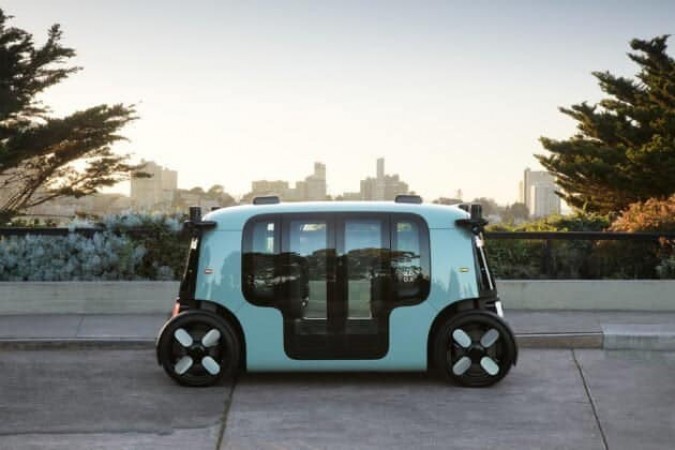
Unmanned taxis are making waves in the bustling streets of suburban Shanghai's Jiading District, marking a significant stride in the world of autonomous vehicles. Here's what you need to know:
Didi's Pilot Program: Didi Chuxing, China's ride-hailing giant, has launched a pilot program that allows passengers aged 18 to 70 to experience self-driving taxis on Shanghai's open roads. The program has garnered significant interest, with over 10,000 test drive requests in a short span.
Human Backup: While these robotaxis can navigate autonomously, there's a human driver on standby, ready to take control if any unexpected situations arise. This safety measure aims to build trust and ensure passenger safety.
Sensors and Cameras: Equipped with advanced sensors and cameras, Didi's robotaxis have the ability to "see" the surrounding traffic and detect blind spots of conventional vehicles, enhancing safety.
Limited Area: Initially, the robotaxis follow a 6-kilometer loop in Jiading, where Shanghai's primary autonomous driving zone is located. However, Didi plans to expand its autonomous service area gradually.
Mixed Reactions: Test drivers have reported that the relatively simple traffic conditions in Jiading don't fully reflect the complexities of Shanghai's bustling streets, prompting questions about real-world readiness.
Cost Barrier: The dream of fully autonomous vehicles faces a significant hurdle—the current cost of an unmanned taxi is approximately $100,000 more than a conventional taxi. Specialized equipment, like spinning sensors, contributes to these high costs.
Road to Profitability: Experts predict that the cost of operating robotaxis could potentially fall below that of regular taxis by 2027, marking a turning point in the transportation industry. However, achieving this requires significant advancements in technology and a commitment to long-term development.
Safety First: Autonomous vehicles have the potential to drastically reduce accidents caused by human error. Research shows that they can react to obstacles much faster than human drivers, increasing overall road safety.
Fear of the Unknown: Despite the safety advantages, public perception remains a challenge. Some passengers, like Wu, express cautious optimism about self-driving cars while admitting to a lingering fear of the unknown.
In conclusion, the introduction of robotaxis on Shanghai's streets is a promising development in the world of autonomous transportation. While there are challenges to overcome, including cost barriers and public perception, the potential benefits in terms of safety and convenience are significant. As technology continues to advance, the vision of fully autonomous transportation services may soon become a reality.
'Dear...:' Google CEO Sundar Pichai shared an email he received from his father 25 years ago
Celebrities Who Own Their Own Personal Aircraft
Unveiling the Technology Powering Bluzelle (BLZ): Unleashing Data Efficiency